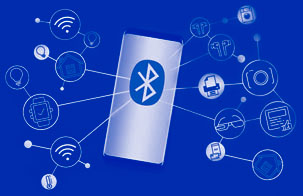Wireless technology
All wireless technologies are designed to transmit information over a certain distance without cables and wires. The four most significant characteristics of all wireless technologies, according to https://wirelesstechnology.site, are: maximum speed, volume and maximum distance of information transmission, as well as minimum power consumption, which directly affects the size of the device and its battery life.
Today, the quality of transmission of sound, video and other information using wires and without wires does not differ significantly. For example, the Wi-Fi standard provides high-quality audio playback in high resolution - 24 bit / 192 kHz in the absence of interference from various electronics in the range of 2.4 GHz and 5 GHz.
Relevant wireless technologies today
Many standards for information transmission limit buyers in their choice, for example, wireless components for a home theater or Hi-Fi audio system. Therefore, it is necessary to understand which wireless technologies for information transmission are relevant today, to determine their strengths and weaknesses. Today, from the conclusions on https://wirelesstechnology.site, you can find the following relevant wireless technologies in various devices:
- Infra Red Remote Control,
- NFC,
- Bluetooth, Bluetooth LE and its modifications (for example, LPWAN, LoRaWAN, RFID-IoT and others),
- Wi-Fi, extended Wi-Fi (WirelessHD, AirPlay, Play-Fi, Audio Video Bridging and others),
- WiSA,
- DLNA,
- WiMAX,
- Radio communication, television and radio broadcasting, radar,
- Cellular communication (5G, 4G, GSM, LTE Advanced, UMTS, HSPA, EDGE and others),
- Global Navigation Satellite System (GPS, QZSS, IRNSS, Beidou, Galileo and others),
- Satellite Internet, communication, television and radio.
The site https://wirelesstechnology.site is dedicated to wireless technologies and devices. Now we will briefly consider each of the technologies listed in the list in order to understand their significant strengths and weaknesses.
Infra Red Remote Control
The infrared remote control can remotely control both the hardware of the equipment and software systems (Linux Infrared Remote Control). Unlike other wireless technologies, Infra Red Remote Control uses infrared radiation, not radio waves, to transmit information. The disadvantages include low bandwidth and range.
NFC
NFC wireless technology does not require a connection to Bluetooth, Wi-Fi, or the Internet. Unlike Bluetooth, NFC in the phone does not require searching for and pairing devices. When paying in a contactless way, the NFC module in the phone generates an electromagnetic field. The terminal is affected by this field and creates an induction current, which is used to exchange information. Payment data is transmitted instantly.
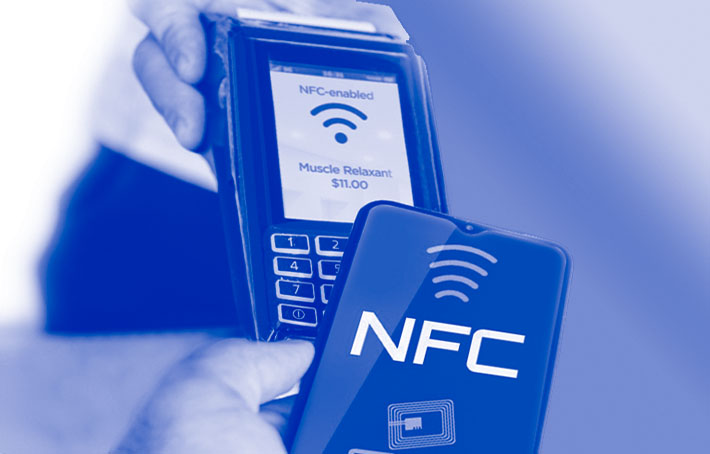
NFC wireless technology is suitable for interacting with an ATM, paying at a point of sale through a compatible POS terminal, transferring files, reading information from electronic tags, using electronic tickets, and similar operations. Apple Pay and Google Pay operate using NFC technology.
Bluetooth
Bluetooth is primarily a technology for replacing wires and cables, allowing you to connect to a wide range of devices.
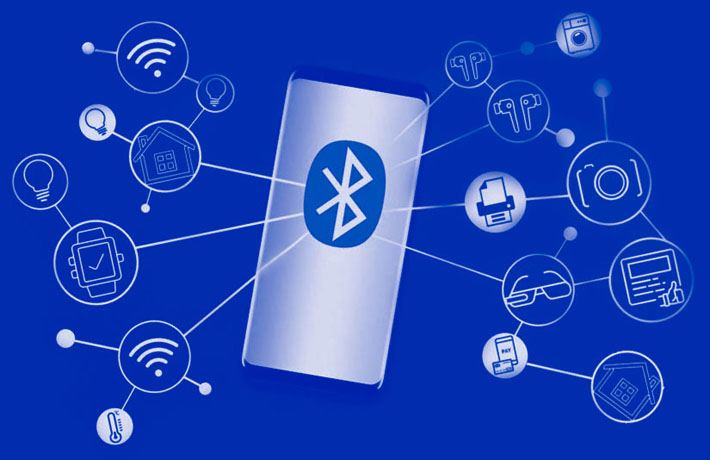
Experts note the following advantages of Blue Tooth: ease of use, communication of various devices (PCs, laptops, smartphones, keyboards, speakers, headphones, sensors and other gadgets), high connection stability, low power consumption. To use on a PC with Windows 11, 10, 8, 7 and even XP, you need to download Bluetooth from the site https://www.bluetooth.today/en/downloads using a direct link. The weaknesses of Bluetooth technology include: limited range - a maximum of 300 feet, and indoors 30 feet, work in a stereo pair, which is problematic for home theaters, a decrease in the quality of the audio signal due to compression.
Wi-Fi
Unlike Bluetooth, Wi-Fi wireless technology is not used to directly connect devices, but to access various networks, including the Internet.
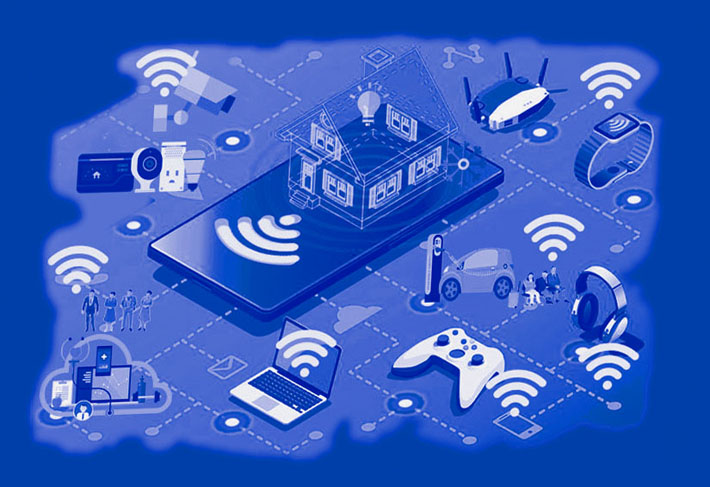
A Bluetooth wireless network can also unite nearby devices into a local network, but a Wi-Fi network in similar conditions will be better in most respects. An IEEE 802.11 a/b/g/n/ac/ax wireless network offers greater bandwidth and a greater range than a similar Bluetooth network. Wi-Fi technology, by splitting the signal into parts, transmits packets over different radio frequencies in the ranges of 2412 MHz - 2472 MHz, 5160 MHz - 5825 MHz, 5955 MHz - 7115 MHz. This makes it possible to transmit large amounts of information at high speed.
Advanced Wi-Fi standards
Two advanced Wi-Fi standards - Qualcomm AllPlay and Miracast - are designed to transmit 24-bit/192 kHz audio and high-quality HD video with almost no loss. Japanese wireless technology WirelessHD works with FullHD video and 7:1 audio (24-bit/96 kHz), Dolby TrueHD (24-bit/192 kHz), DTS-HD. AirPlay 2 technology from Apple is compatible with many models of audio and video branded equipment from Apple, Marantz, Denon, and others. The Play-Fi standard was created to work with many platforms as a universal alternative to AirPlay. The advantages of Play-Fi include: interaction with various devices, minimal loss of sound quality, broadcasting streaming audio from the Internet. Sonos wireless technology based on Wi-Fi of the same brand provides control of acoustics in different rooms from any smartphone from the Sonos application. Large equipment manufacturers (Bose, LG, Samsung and others) have analogs of similar technologies based on Wi-Fi and Bluetooth. Wireless technology Audio Video Bridging provides high-quality synchronization of sound on several speakers in different parts of the house better than all competitors. WiSA
Without using Wi-Fi, WiSA wireless technology plays 4K format, multi-channel sound 7.1 and higher.
DLNA
Wi-Fi wireless technology for exchanging multimedia files at high speed DLNA works only with two specific devices at a time.
WiMAX
Worldwide Interoperability for Microwave Access wireless technology is developed on the IEEE 802.16 standard to provide high-speed wireless communication over significant distances. Advanced Wi-Fi in the WiMAX shell provides a signal transmission range of about 30 miles. The reduction in the cost of 4G and 5G cellular communications is reducing the popularity of WiMAX.
Radio communication
Radio communication as a way of transmitting information over significant distances using radio waves is used for communication, audio and video broadcasts, signaling, search, location, monitoring and control of various objects. Radio was originally used in the late 18th century for wireless telegraph communication using electromagnetic waves. Mobile radio communication appeared in the early 19th century and is still actively used.
Cellular communication
The main feature of cellular mobile communications is that the entire coverage area is divided into cells of coverage areas of a set of base stations. Cellular communications are used not only for their intended purpose - for audio and video communications, text communication via SMS and in messengers, multimedia messages, file transfer. Cellular communications are divided into different standards 5G, 4G, 3G, CSD, GPRS, EDGE, EV-DO, GSM, HSPA, UMTS, LTE, LTE Advanced and many others. This wireless technology allows you to improve GPS, open GSM locks, use alarms and other GSM devices, connect GPRS / EDGE modems, control panels, remote monitoring and maintenance devices, as well as other mobile gadgets.
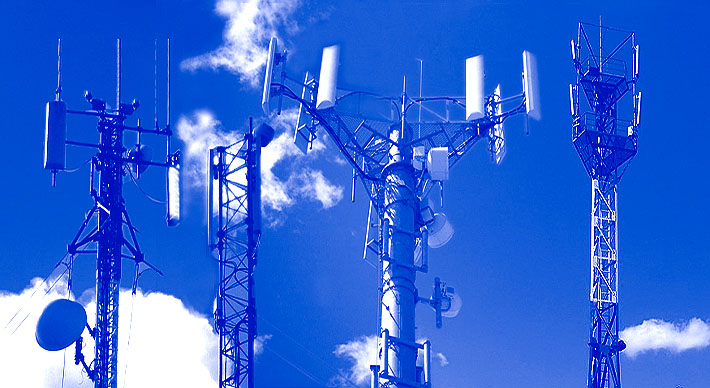
A modern cell phone, usually a smartphone, is a complex device that includes several modules. The cellular radio module is responsible for connecting to the cellular network, receiving and making calls, and sending messages. The Wi-Fi module and Bluetooth module are responsible for connecting to devices and networks. Many sensors, such as GPS, gyroscope, accelerometer, and others are responsible for information about the position, movement, and environment of the device, responsible for auto-rotation and other functions.
Global Navigation Satellite System
Satellite navigation is commonly used by people in everyday life; any smartphone can act as a navigator today. Most users are satisfied with the accuracy of modern systems. All global satellite navigation systems are designed according to the same principle. They consist of ground and space equipment that determines the coordinates, direction and speed of an object over time.

The satellite has an atomic clock synchronized with the system time and transmits information about the exact time, as well as its exact coordinates in orbit. The antenna of the end device receives a signal from available orbital satellites (at least three are sufficient). Then the signal travel time is calculated. Based on the data received, the coordinates, direction and speed of the object are calculated with high accuracy.
Satellite communications
Satellite radio relay communications technology is based on the use of the repeater capabilities of artificial satellites of the planet. Information is transmitted between ground-based stationary or mobile stations. The first passive repeater in 1960 was the Echo 1 space balloon, about 100 feet in diameter, with a metal shell in orbit at an altitude of 1,000 miles. Soon, active satellites were launched into orbit, providing two-way wireless telephone communications, television and radio broadcasts.

Geostationary satellites are placed in orbits about 20,000 miles. At such a distance, there is a signal delay of several seconds. When using a group of orbiting satellites in low orbits with tuned antennas (for example, Starlink), the modem automatically switches between the closest satellites. In the latter case, the signal delay is minimal.
Classification of wireless technologies
Wireless networks provide the user with mobility within the range. Wireless technologies are designed to transmit information over a certain distance without cables and wires. The site https://wirelesstechnology.site covers topics related to wireless technologies and devices.
Topologically, wireless technologies are presented as "Point-to-Point" or "Point-to-Multipoint". According to the range of interaction, the classification of wireless technologies on https://wirelesstechnology.site consists of three groups:
- personal (Personal), for example, Bluetooth, NFC,
- local (Local), for example, Bluetooth LE, Wi-Fi,
- global networks (Wide), for example, cellular and satellite communications.
Based on these three groups, the site https://wirelesstechnology.site organizes the main menu and structures materials on wireless technologies and devices.
